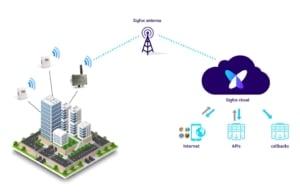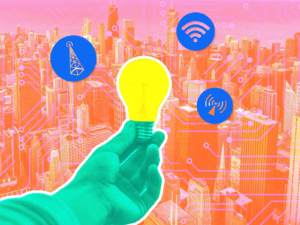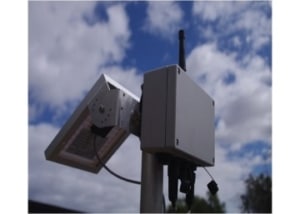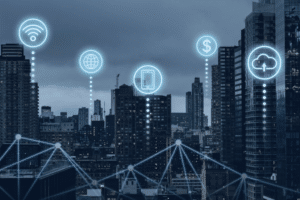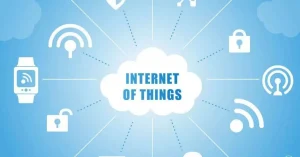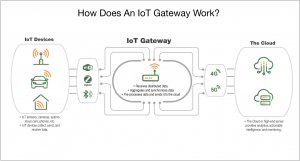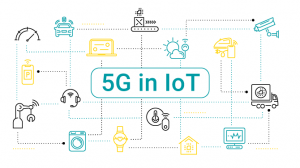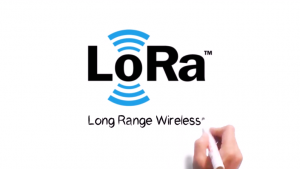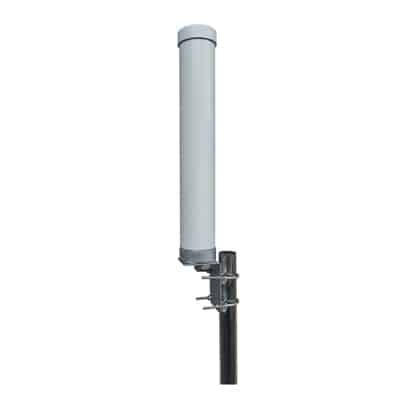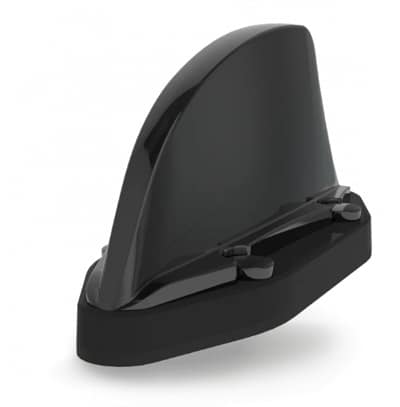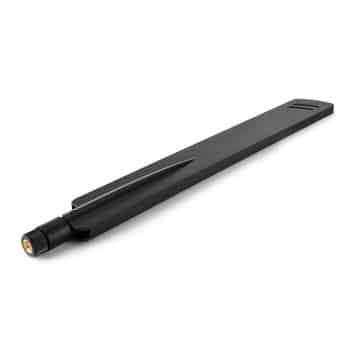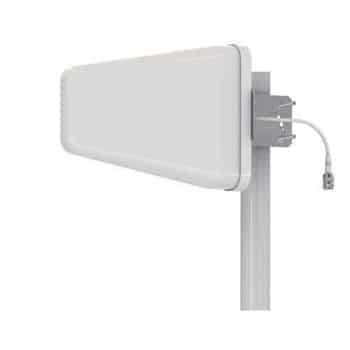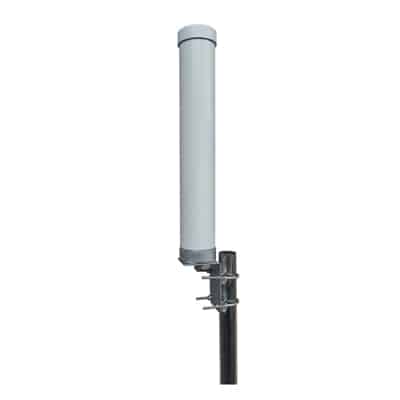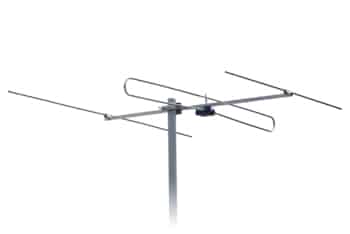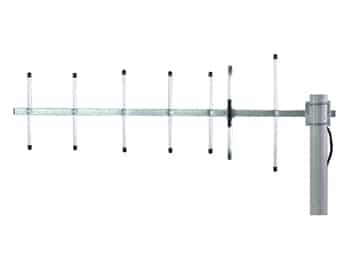
Exploring RFID Applications in the World of IoT
The Internet of Things (IoT) has become popular recently due to the advancement of the Internet and different communication protocols. IoT deals with different devices connected as a network to achieve a common goal. RFID(Radio Frequency Identification) is a communication technology where electromagnetic radio signals are used to identify and detect the presence of objects within a short range of distance. RFID and IoT are complementary technologies used to interconnect many devices and sensors. These technologies have enabled a wide range of applications, that we discuss in this article. Since RFID is limited to a short operation range, IoT approaches can be used to enhance the coverage distance and reliability of RFID-related operations. For example, an RFID reader can acquire readings, and send them to cloud servers via the Internet with the help of IoT technologies. The Role of RFID in IoT RFID system consists of three main components, namely,


